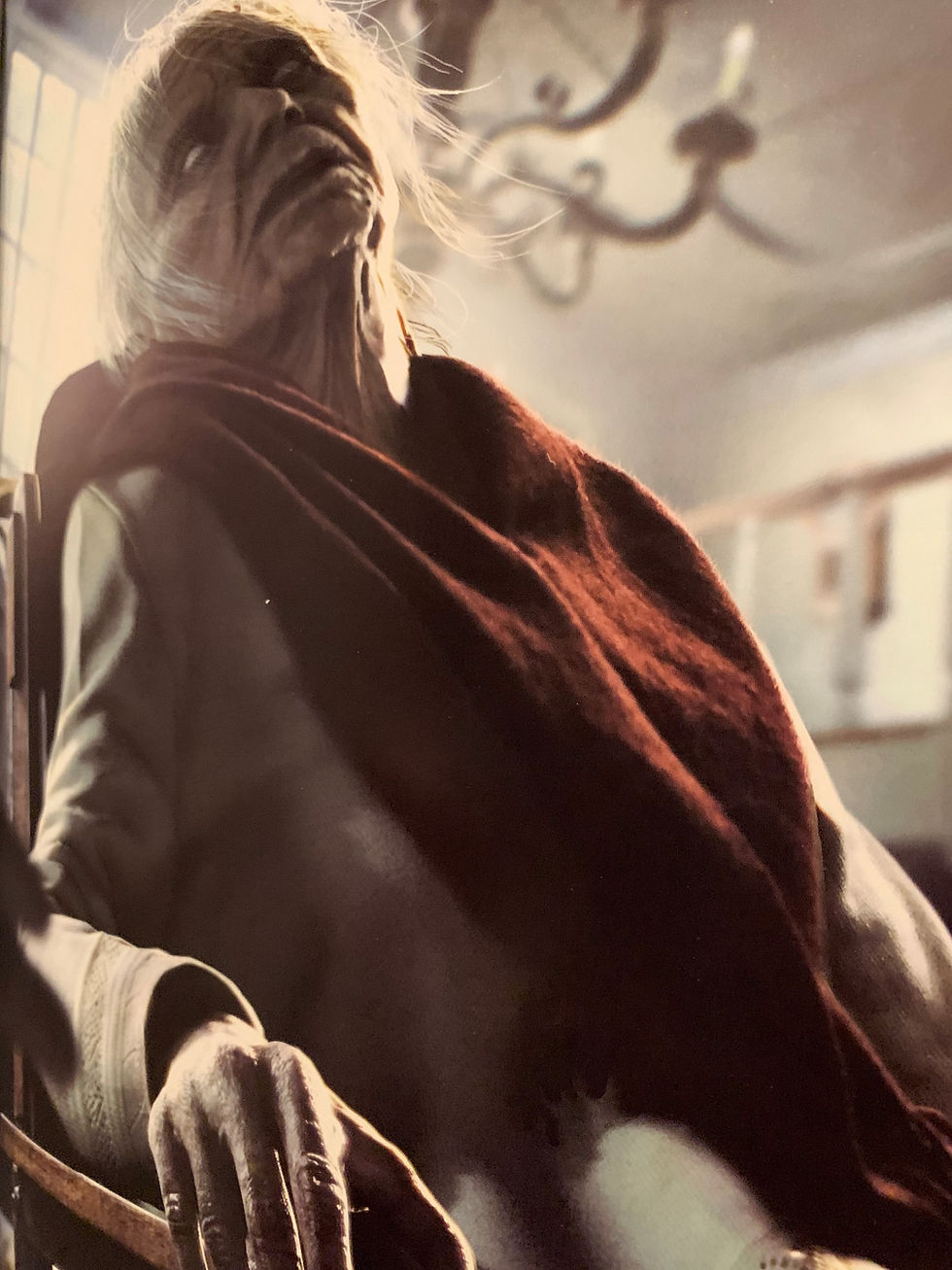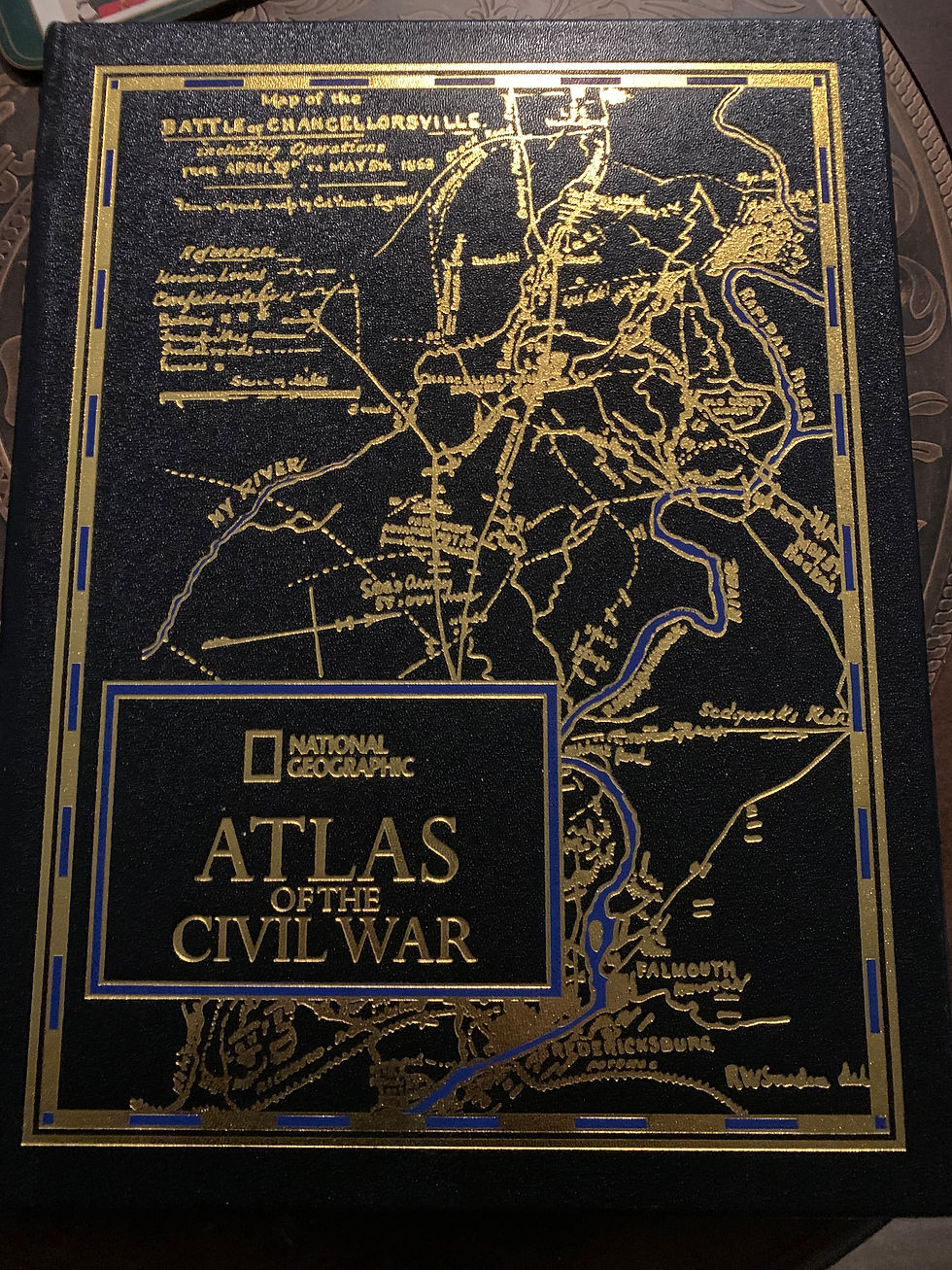Resident Evil: Biohazard - Document File
- Brian Johnson

- Dec 23, 2021
- 3 min read
Updated: Nov 16, 2024
I recently finished an art book that explored the creation and development of Resident Evil VII, also known as Biohazard. The book, called "Resident Evil: Biohazard - Document File," was written in the first person, though it lacks an introduction of who the writer is until much later in the book and, even then, only vaguely. I think this is okay though it bugged me a little occasionally. The chapters are arranged as a series of 'Inside Reports' and discuss the origins of the ideas that lead to Resident Evil VII, the project management techniques utilized, the at-the-time new technologies leveraged, and non-spoiler descriptions of the stunning results.

A strong focus of the narrative revolves around the Baker family, who are as much victims as they are villains. The setting is truly horrific. Not just thematically, but the use of photogrammetry, which allows a programmer to capture 3D images complete with textures with almost life-like appearances.

The photogrammetry technique uses tons of cameras to capture images from multiple angles so that they can be transferred to an interactive video game, which not only supported high-fidelity graphics but, with additional programming, also allowed for amazing full compatibility with VR. I've played the game in VR and can sincerely admit that it isn't an experience to be taken lightly.

The developers even simultaneously produced a new engine, called the RE Engine, to push the boundaries of what hardware at the time was capable of. Interestingly enough, the 'RE' in 'RE Engine' does not stand for 'Resident Evil,' despite that being the initial purpose of its development. It alludes to reaching for the moon. The developers had bold visions for what the game could be and, indeed, implemented their vision admirably.

The effectiveness of the game actually posed some problems in selling it. Some gamers just initially dismissed it as too scary or unpleasant. The sales and promotion team went to great efforts to communicate the game's correlating entertainment value...the thrill of being chased and the satisfaction for getting out of horrific situations as they present themselves, one after another after another.
The game was groundbreaking not just in its adroit use of new technologies, but also in its departure from the previous six numbered entries in the Resident Evil series. It played differently than its predecessors. Something that was risky to do for Capcom, the company that developed the game. This difference was lost on me as this was my first Resident Evil game to play (but not the first one for me to beat as my journey through Resident Evil VII took quite a while).

Ultimately, Resident Evil: Biohazard is a zombie game. Some of the more disturbing things about it have more to do with human evil, though, and, when it meanders through that sort of territory, the game reveals that there are much scarier things in the world than monsters.

Resident Evil VII is a special game and the book that celebrates it recalls the game and its development fondly, while recognizing that entertainment can come at the price of comfort. I've said before and elsewhere, though, that the tension built in survival horror video games is comparable to the tension experienced by a roller coaster rider. The player knows the danger is not real, but it seems real, and the thought of it makes him or her cringe at times. But, after making it through the game, the memories are fond rather than unsettling.



Comments